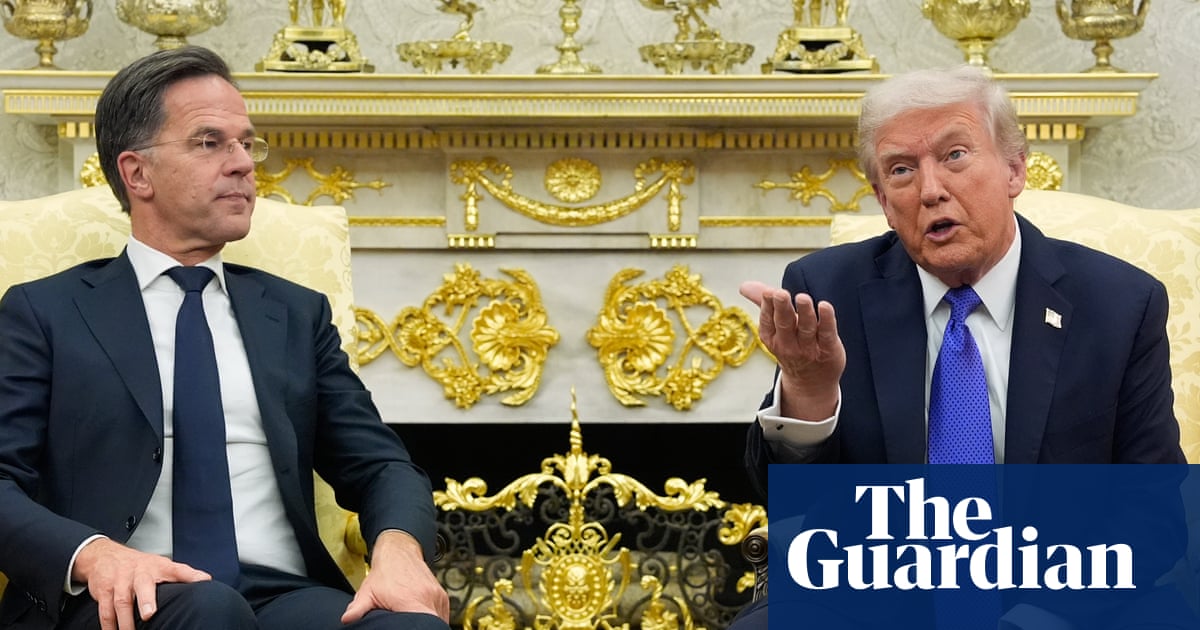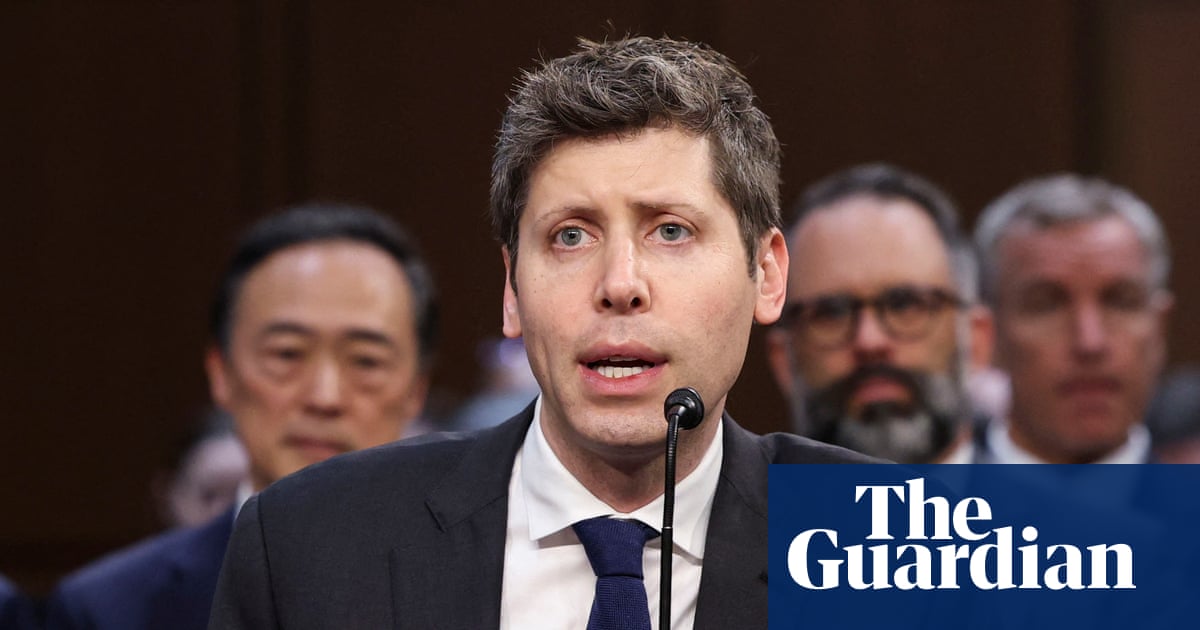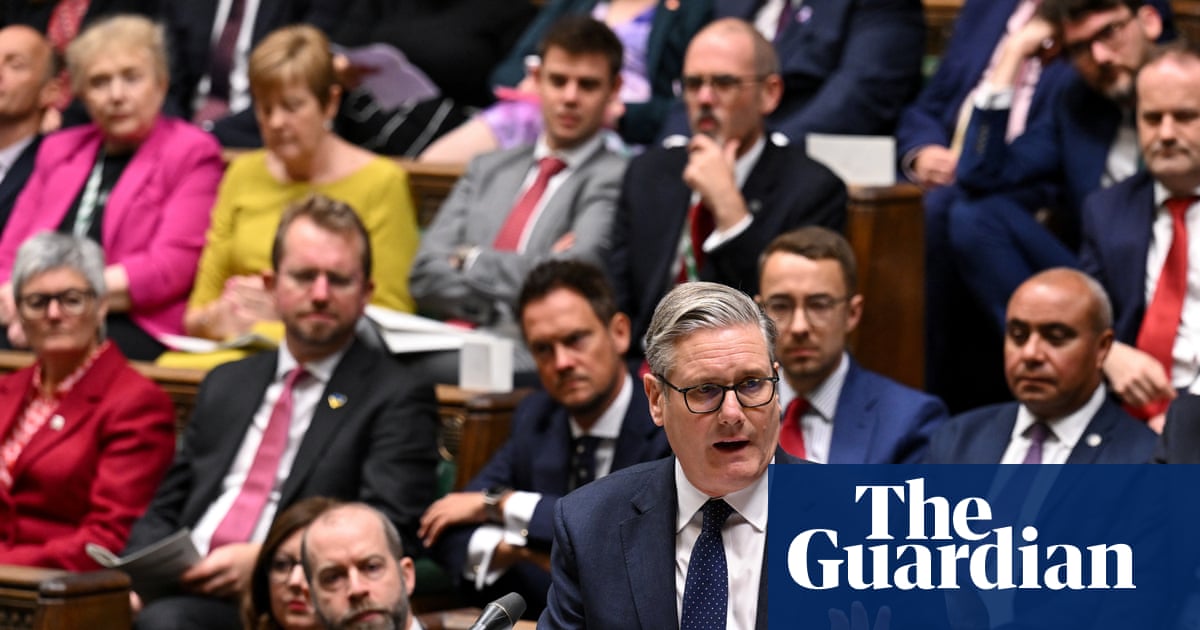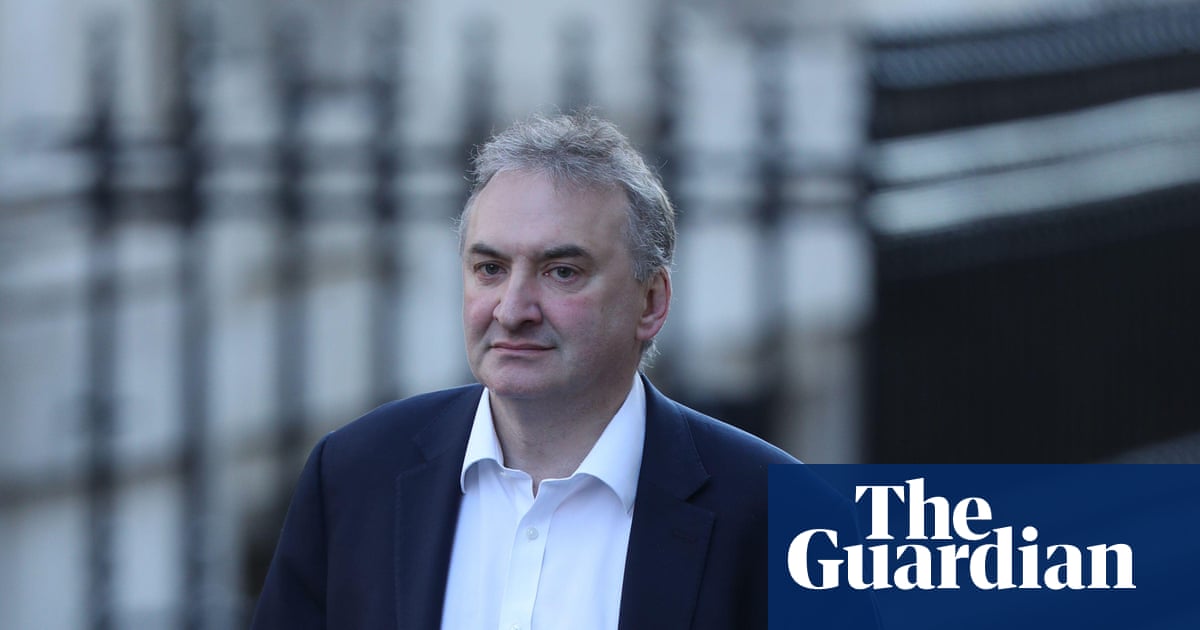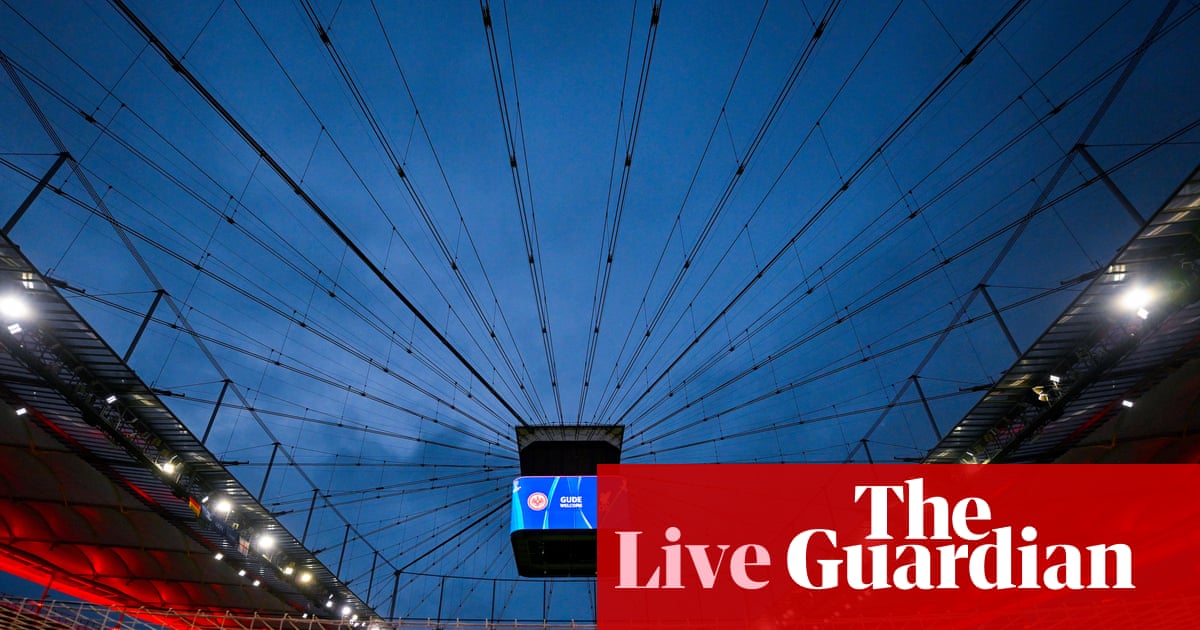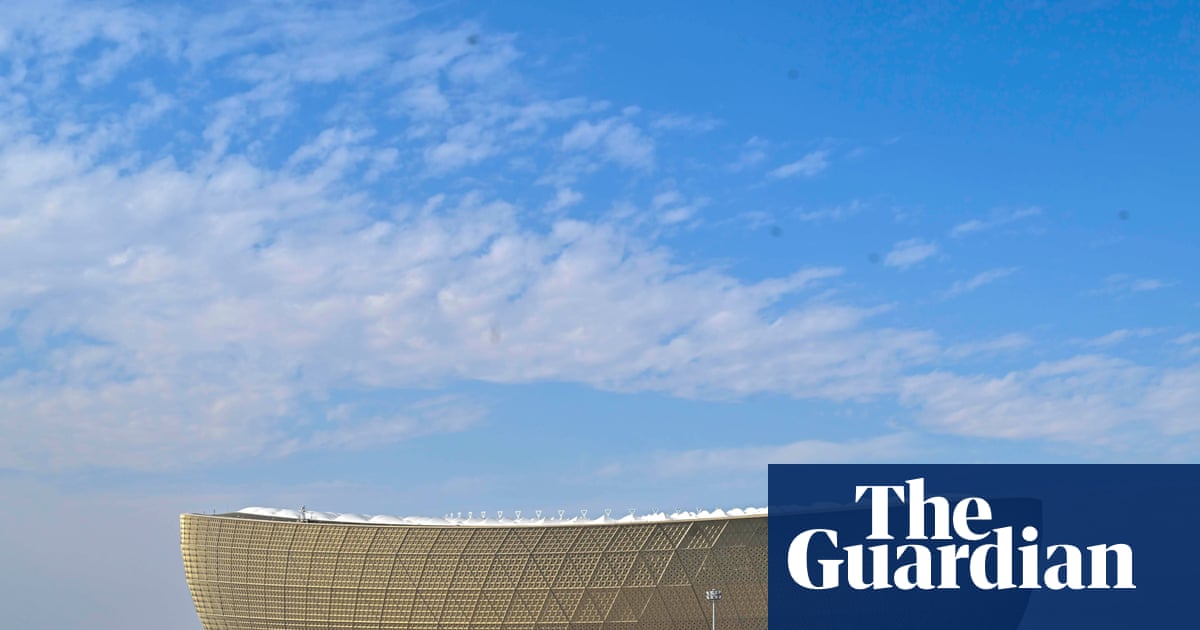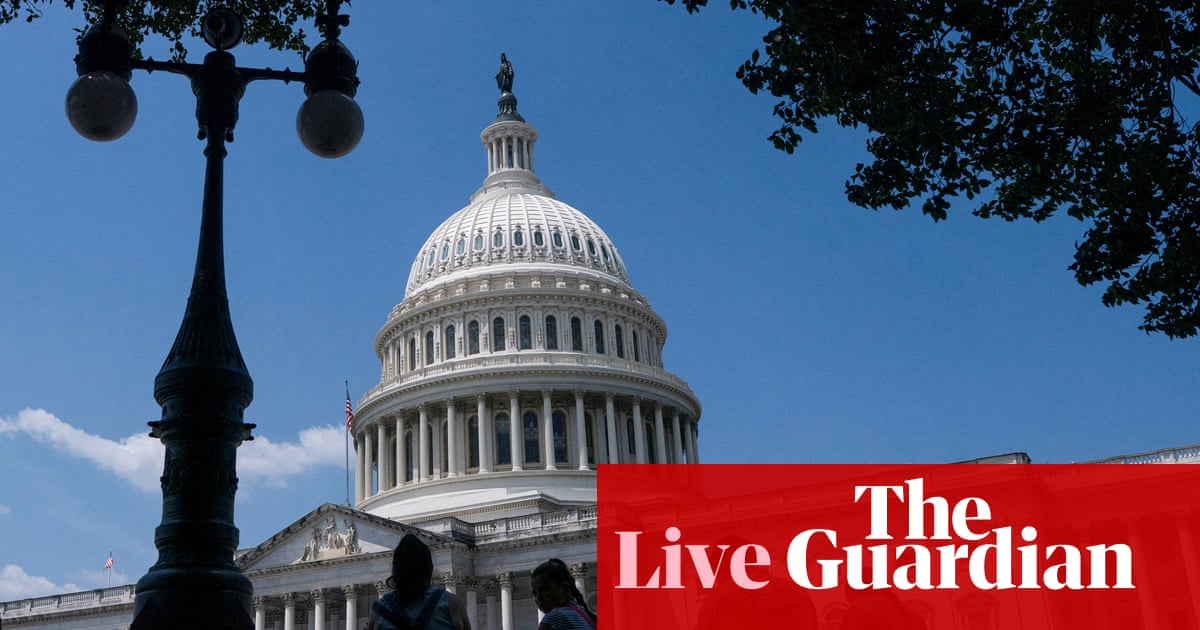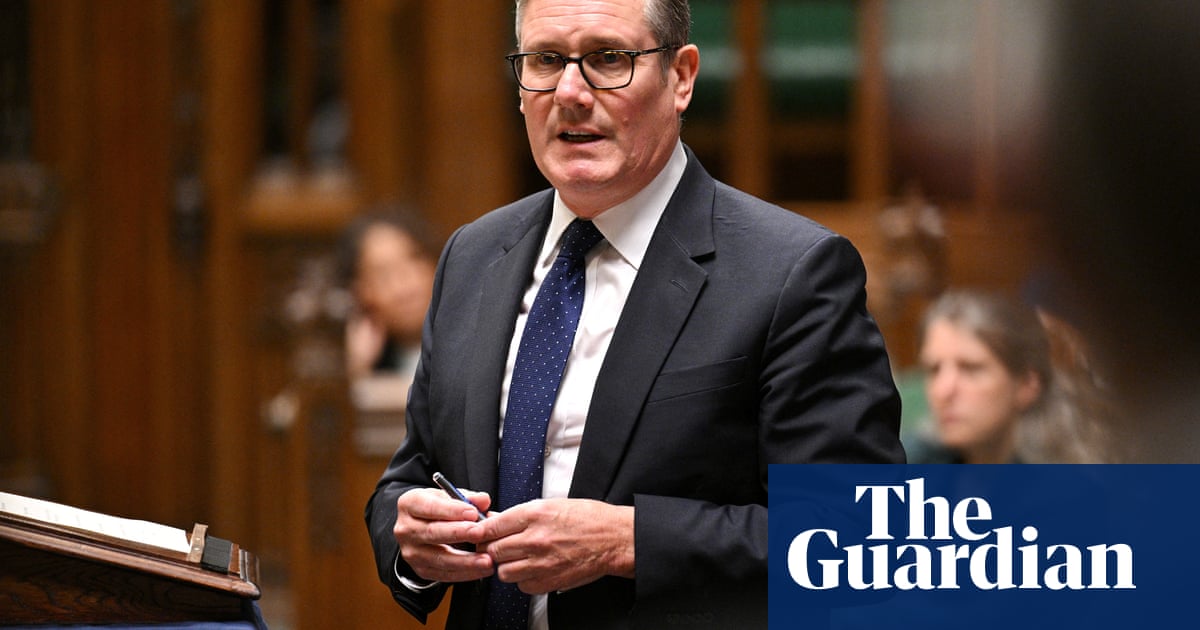The prospect of university tuition fees passing the £10,000 threshold in this parliament will not put a song in the heart of Labour MPs desperate for some good news stories. Nevertheless, the education secretary, Bridget Phillipson, had little choice but to announce on Monday that the price of a degree will be allowed to rise in line with inflation from 2026. The eight-year freeze on annual fees, before Ms Phillipson permitted a small uplift to £9,535 last year, was a major factor in the huge funding crisis that now engulfs higher education.
Less understandable is that what was given with one departmental hand is set to be taken back by another. Unveiling her post-16 education and skills white paper, Ms Phillipson also confirmed a Home Office plan to introduce a levy on fees paid by international students studying at UK institutions. As the chief executive of Universities UK, Vivienne Stern, told the House of Commons education committee on Tuesday, the negative impact of this proposed surcharge would more than cancel out increased revenues from domestic fees.
One step forward then, apparently to be followed by one and a half steps back. About four in 10 English universities are currently judged to be in a financial deficit. But Labour continues to shy away from properly tackling a mess that has its roots in the marketising model initiated in the 2010s. Meanwhile, a toxic crisis of morale is pervading the nation’s increasingly dysfunctional campuses, to the detriment of both students and university staff.
According to analysis published by the University and College Union (UCU) this month, more than 12,000 job losses have been announced during the past year. Lecturers have already gone on strike this term over cuts at the University of Leicester, and industrial action is planned at both of Sheffield’s universities. As Ms Phillipson spoke in parliament, the UCU began the process of balloting its members over a potential national strike.
The widespread sense of anger and malaise is not hard to explain. Ms Phillipson’s white paper makes future tuition fee rises conditional on evidence that institutions are delivering the “world-class education students expect”. But as struggling universities have cut costs to the bone in recent years, the lives of many demoralised academics are beset by chronic job insecurity, rising staff-student ratios and administrative overload. Departing colleagues have not been replaced, pay has declined in real terms by close to 20% over the last decade and a half, and surveys suggest worrying levels of stress.
This is not, it is fair to say, a context conducive to the delivery of academic excellence or the teaching environment that students deserve. In a sector increasingly dominated by the Russell Group elite, the sense of precarity will only deepen as struggling universities scramble to survive. A potential wave of theoretically cost-saving mergers, driven by financial desperation as much as institutional logic, will add an extra dimension of risk and uncertainty.
For the time being, the government seems content to watch from the sidelines and let market forces play out. But persisting with an inadequate fees-led model of higher education, in which universities are run as competing businesses funded by student consumers, is producing a dystopian academic landscape. A more stable system of public funding is urgently required. Addressing the concerns of those on the campus frontline would be a first step towards planning for a better future.

.png) 5 hours ago
4
5 hours ago
4
